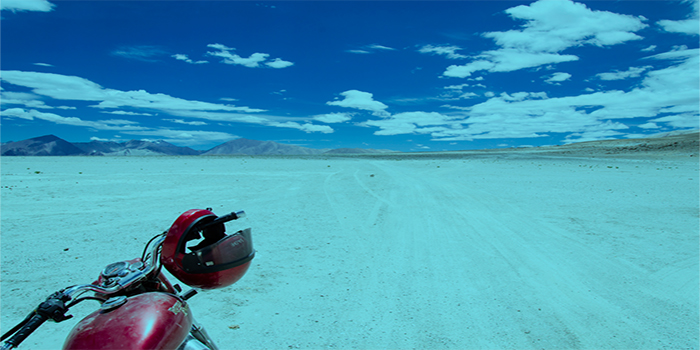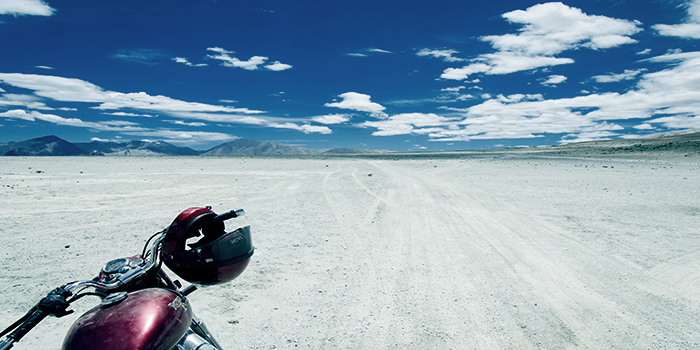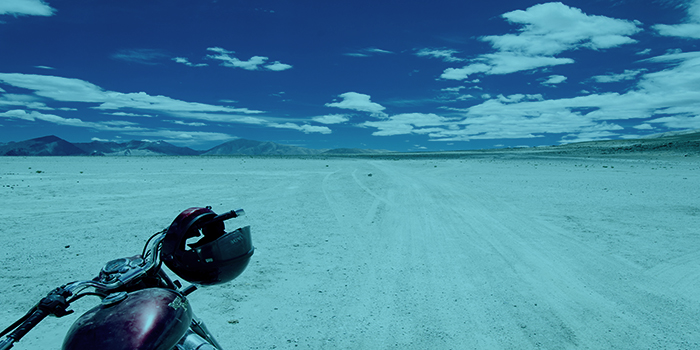This tutorial is a continuation of the previous tutorial which explained how Color Burn mode works. If you landed straight on this page, I strongly suggest that you read the previous tutorial first.
The linear burn mode pretty much works on the same lines as the color burn mode. When applied, it burns the color of the blend layer with the color of the layer beneath. The only difference is that with linear burn, the overall brightness of the image gets reduced. The color burn mode increases the contrast and saturation to darken the colors of the base layer while the linear burn mode reduces the overall brightness for the same effect. I will post a few pictures for comparison. Same color has been blended with all the three pictures, the first one is with the Multiply mode, second one from color burn and the third one has linear burn mode applied to it.
This picture is same as from our last tutorial on color burn mode.
For this image, I changed the blend mode from color burn to linear burn, rest everything is same as in the previous tutorial.
Notice that how the second image is a lot brighter than the third one because when I applied the linear burn, Photoshop reduced the overall brightness levels of the image. You will also notice that there is a very minor change between multiply and linear burn. With multiply mode, brightness doesn’t change a bit but with linear burn, it gets reduced. With color burn, contrast and saturation increased which it didn’t with the other two modes.
As per the definition listed for this mode on Photoshop help site, “Linear Burn Looks at the color information in each channel and darkens the base color to reflect the blend color by decreasing the brightness. Blending with white produces no change” which is pretty much what I just mentioned.
There is also an entire math behind how this blend mode works. As per Wikipedia, “The Linear Burn mode sums the value in the two layers and subtracts 1. This is the same as inverting each layer, adding them together (as in Linear Dodge), and then inverting the result. Blending with white leaves the image unchanged.” Honestly, you do not really need to know the entire math behind. If you know the color burn mode, you know the linear burn as well, the only difference will be of reduced brightness and that is pretty much about it.




2 comments
Thank you for the clear explanations of linear burn and linear dodge. The phrase “reflect the blend color” is confusing because I have no idea what they mean by “reflect.” No how about explaining divide and subtract blend modes?
Thank you. I am glad that you found the explanation helpful. I will post tutorials on other blend modes as well.